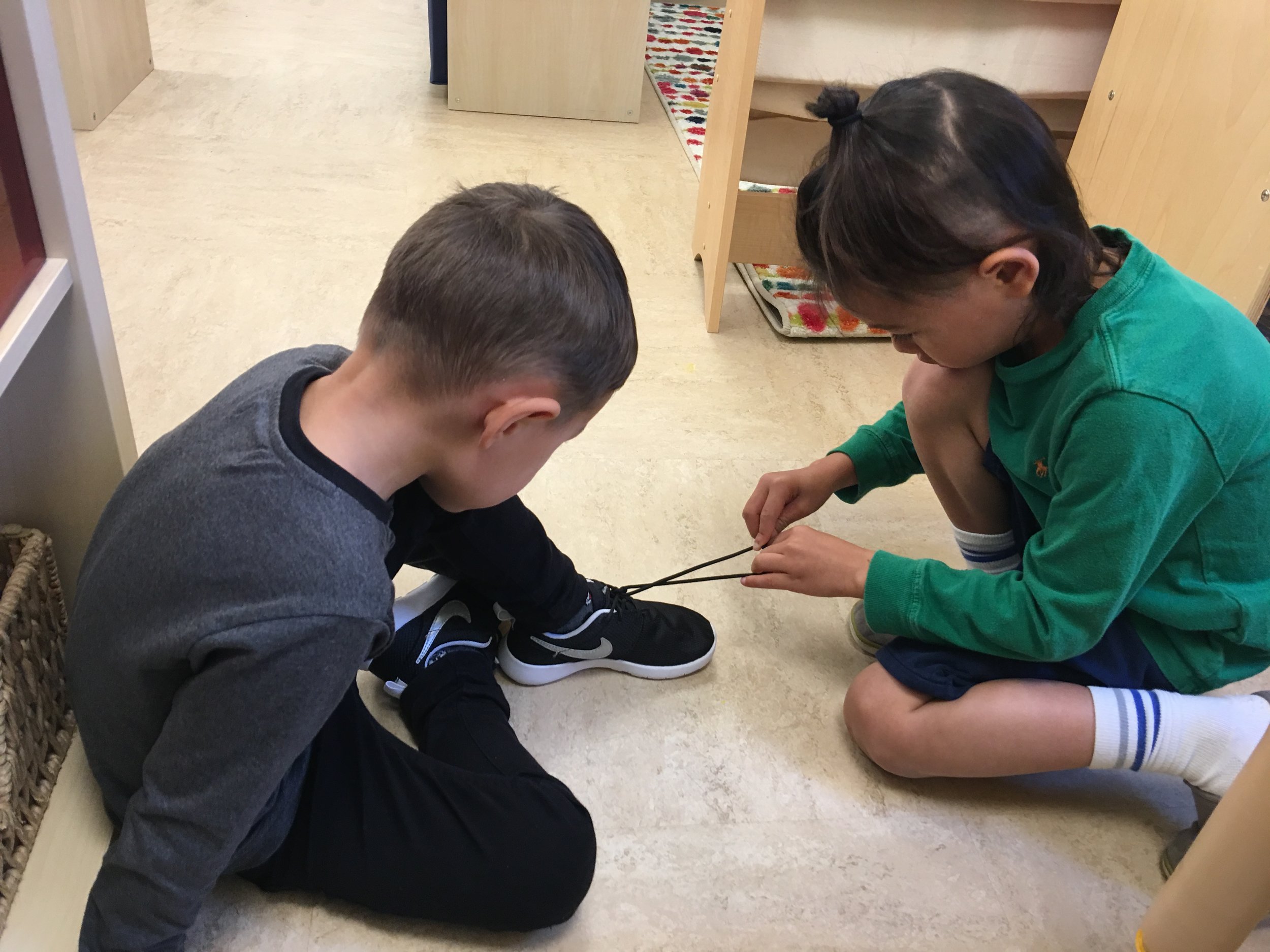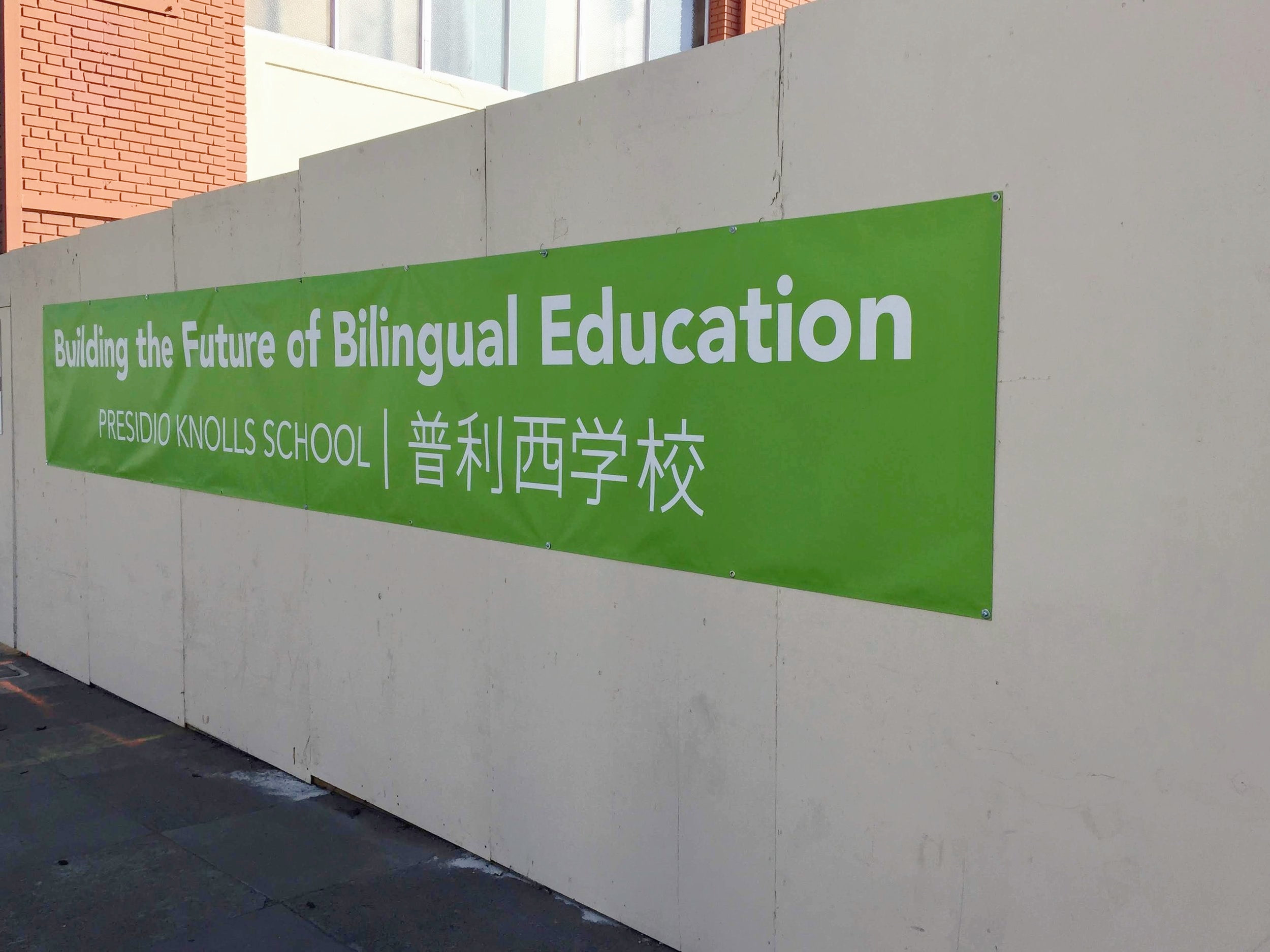Almost ten years ago, I wrote an article titled "Academic Rigor and Student Engagement: A Perfect Match." At the time, my team at Asia Society and I were in the process of creating a collaborative national network of schools across 28 US states that would come to include almost 40,000 American students. The article was written after making a national tour of many of these schools, and in response to some of the concerns I heard from teachers, parents, and school and district leaders about striking the right balance between rigor and engagement in their academic programs.
Read Chris Livaccari's 2009 article that presaged his embrace of the PKS mission.
While many feared that they would need to sacrifice student engagement in the service of academic rigor, I argued strongly that academic rigor could ONLY genuinely come together with student engagement, and that truly rigorous learning at its core needed to be about exploration, discovery, creativity, inquiry, and pattern recognition – if it’s good for your brain, it should on some level feel good in your brain (exciting, stimulating, motivating)!
So imagine my excitement to be part of a school whose stated mission is to “nurture the young heart and mind in a joyful learning environment” that “ignites curiosity, connectedness, and engagement in the world!” During the very first week of school at PKS this year, I’ve seen, felt, and participated in this joyful and rigorous learning both with my colleagues on the faculty and staff, and with our students in and beyond our classrooms.
In my original article from 2009, I made reference to Daniel Pink’s 2005 book A Whole New Mind, in which he argues that “right brainers will rule the world.” Pink articulates what he calls “six senses” that will dominate not only education but perhaps more importantly success in the world beyond the walls of school. He defines these senses as Design, Story, Symphony, Empathy, Play, and Meaning.
After a wonderful first week of school at PKS, I saw these senses playing out before my very eyes on a daily basis.
Design
One of the hallmarks of the PKS program is the hands-on approach that starts in preschool and continues through middle school. Whether it is 3 and 4 year olds creating their own new worlds from recycled materials, or our elementary school students designing and building their own electric go-carts in the Maker Lab, our budding artists and engineers use their hands to create and realize the visions in their minds, and to make meaning for themselves by interacting with their environment in a physical and tactile way. Just like in the “real world,” it’s not about just completing a task or assignment – it’s about conceptualizing, designing, and creating a product, service, or experience that others can appreciate and enjoy.
Story
It’s important that all of us learn to tell our own stories, weave our own narratives, and compel, inspire, and engage, whether in speech, writing, or through visual media. It’s not just about conveying messages or transmitting information, but about crafting communications across and beyond linguistic and cultural boundaries. In this first week, our inaugural Middle School class began learning to tell their own stories, understanding the diverse stories of the city of San Francisco, and preparing to share those stories with their peers in China during their upcoming Asia trip this fall. Learning to tell our own stories and listening with empathy to those others is a critical foundation for the development of intercultural competency and a core component of the PKS program.
Symphony
Yes, our music teachers are terrific and our kids love to sing, dance, and express themselves sonically! But symphony in this sense is about much more than making music – it’s about “putting it all together,” weaving together disparate threads, looking at the world through different lenses, and thinking through problems in different ways. One of the most beautifully intricate symphonies our students are making is that of Chinese and English. The more we learn about bilingual education and the bilingual brain, the more we know that comparing, contrasting, and using the two languages flexibly and creatively is the best way to build proficiency in both. Looking at a problem through an English lens or a Chinese lens can help give us different ways to conceptualize, analyze, and craft solutions, and different strategies of communication and relation.
This year we are taking an even more proactive approach to mirroring literacy strategies in both languages and helping students learn to use their knowledge of one language to help their understanding in the other. As the year began this week, our English and Chinese teachers have been working in close collaboration and alignment to help create this mellifluous symphony.
Empathy
The PKS Wellness Team has done a masterful job of creating a culture at school in which teachers are working together with compassion to support each child to develop their potential across every dimension. We know that social-emotional well-being and the ability to empathize, understand, and collaborate effectively with other people is a necessary precondition for the kind of deep, inquiry-based, and self-directed learning that we want to see our students pursue.
Our teachers weave together our habits of character through everything we do, and help our students contribute to building a culture of mutual respect and mindful collaboration each and every day. In the first elementary school assembly of the year, our teachers modeled appropriate interactions with peers through a series of interactive and engaging role plays. Beyond this, the empathy our students are developing as they learn to communicate in different languages and across different cultures can be applied well beyond the context of becoming bilingual and bicultural (or more precisely, multilingual and multicultural).
Play
The Reggio Emilia approach was created around the idea of the “hundred languages of children,” and the ways in which they can express themselves through many modalities of experience, most of which are made manifest through play. While many people see academic rigor in opposition to play, we believe strongly that play is a foundation for deep learning that includes the beginnings of using games, simulations, and roleplaying to make meaning of the world. Companies and governments have increasingly turned toward these types of activities to help learn how to solve complex problems. Even in week one, our students were engaging in these forms of meaningful play, as they joyfully interact at the tinkering, creation, and imagination stations our team has set up for recess.
Meaning
The most effective teachers are those who can reflect on each classroom experience to make the next ones even better. They are also those who can help their students to reflect on their own learning experiences, interactions with peers, and responses to situations to understand areas of strength and growth, and ways they can develop their resilience, compassion, and abilities to act and react thoughtfully and creatively. At a recent conference on early Chinese learning, I watched our preschool teachers present the ways in which they are building students’ emotional resiliency to an audience of awestruck fellow educators who had never considered this kind of respect for children’s abilities to think, reflect, and understand.
At PKS, we truly are building the future of bilingual education, one student and one learning experience at a time. The foundation for us is respect for our children and the acknowledgement of their amazing capacity for developing Pink’s “six senses.” To invoke the titles of two important books by the psychologist Alison Gopnik – The Philosophical Baby and The Scientist in the Crib – we recognize that our students’ exploration and play are akin to the problem solving and world building of scientists, engineers, philosophers, creative artists and entrepreneurs. We see our children for who they truly are – the visionaries who will lead the future and shape the world!









